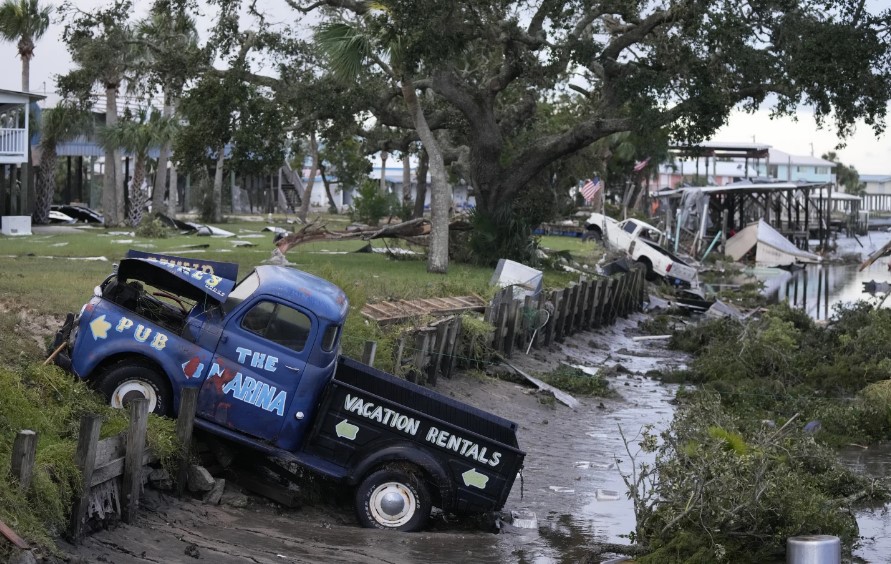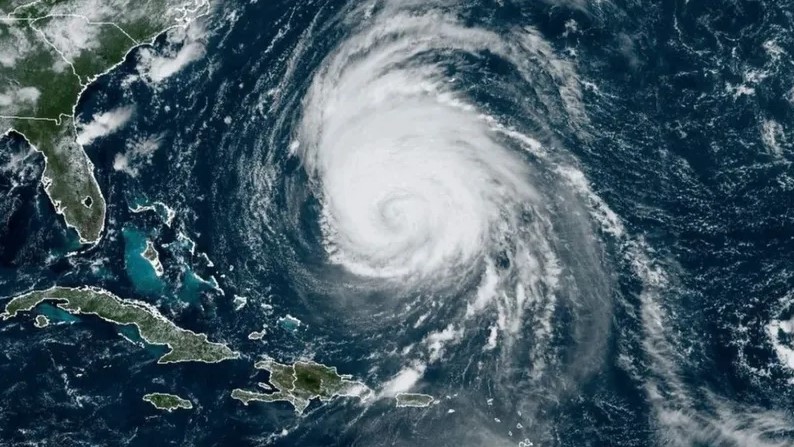New England’s harbors and fishing villages were being evacuated as Hurricane Lee approached, causing boats to be pulled from the water and some towns to resemble ghost towns.
On Friday, commercial fishermen and recreational boaters scrambled to prepare for the hurricane, which is expected to bring tropical storm-force winds over a large area.
The storm, with 20-foot ocean swells, was about 395 miles southeast of Nantucket, Massachusetts, moving away from Bermuda with sustained winds of 80 mph.
Maine, heavily wooded and prone to power outages, saw an influx of out-of-state utility workers ready to address potential disruptions. Tropical storm warnings were in effect from Maine to Massachusetts, with forecasts predicting winds over 40 mph across a 400-mile stretch.

Although the hurricane watch for eastern Maine was lifted, concerns remained about waves up to 15 feet and heavy rainfall.
In preparation, Maine lobstermen moved their traps and boats to prevent damage, while the Portland Fish Exchange planned to continue operations despite potential disruptions. Coastal areas were bracing for erosion and power outages.
Canada, also on alert, faced Lee with caution. Environment and Climate Change Canada reassured that Lee would not reach the severity of Hurricane Fiona’s remnants from the previous year. Prime Minister Justin Trudeau assembled the incident response group to manage the situation.
In the U.S., Maine and Massachusetts declared states of emergency, with President Biden and Governor Maura Healey activating federal and state resources. Rhode Island even took steps to secure the iconic “Independent Man” statue atop the State House dome.

